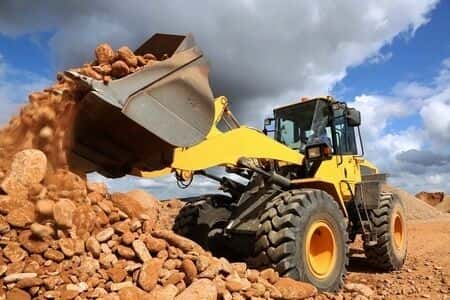Construction Worker is Crushed by Unsafe Earthmoving Equipment
Updated on
Case Overview
This case involves a construction worker who was killed when he was run over by a piece of earthmoving equipment at a worksite. At the time of the incident in question, the man was operating the earthmover when he exited the machine, which was still running, to speak with the job’s foreman. At some point, the machine began moving backward at a fairly high rate of speed. The operator was subsequently crushed underneath the machine’s treads. It was alleged that the machine lacked critical safety features, specificity a “dead man’s switch” that would have prevented it from moving without an operator in the cabin.
Questions to the Automotive expert and their responses
Please explain why you're qualified to serve as an expert reviewer of this matter.
My specialty is designing for safety. Dead man control, inadvertent actuation of control, and audible alert issues have come up in a number of cases in which I have worked, including excavators, lift trucks, aerial work platforms, and farm equipment. I have not worked specifically on a bulldozer control design issue, although most of these vehicles have very similar control structures. This is a serious case.
Have you designed or engineered safety checks for similar bulldozer equipment, or industrial machinery in the past?
I have not worked specifically on a bulldozer control design issue, although most of these vehicles have very similar control structures.
Are you aware of any specific safety guidelines or protocol that should have prevented against the design of this product?
There are current dozer designs with dead man controls. No construction equipment should allow the operator to run the travel controls without being in the approved operator position, especially when the dozer tracks are the support surface when getting in or out of the equipment. The need for there to be no chance that the track can move while you're standing nearby with no one in the operating seat is absolutely crucial. I do know from experience that there are a lot of similarities between these types of equipment. This accident is not uncommon.
About the expert
This engineering expert performs consulting services specializing in mechanical engineering safety. He specializes in design, safety analysis, and testing of machinery, mechanical components, consumer, and industrial products. He earned his Masters Degree majoring in Design/Manufacturing of Mechanical and Aerospace Engineering from the Illinois Institute of Technology. He has worked in engineering and design, most notably on lift trucks, for more than 30 years and is currently the Principal o fan Engineering and Safety Consulting Firm.

E-055520
Specialties:
Subscribe to our newsletter
Join our newsletter to stay up to date on legal news, insights and product updates from Expert Institute.
Sign up nowFind an expert witness near you
What State is your case in?
Subscribe to our newsletter
Join our newsletter to stay up to date on legal news, insights and product updates from Expert Institute.


